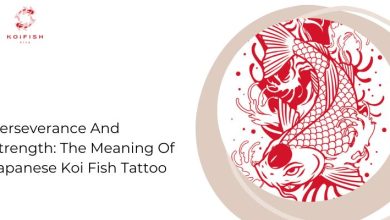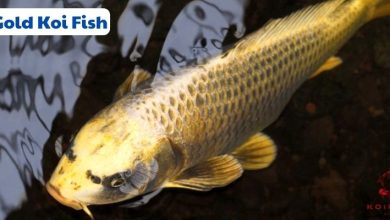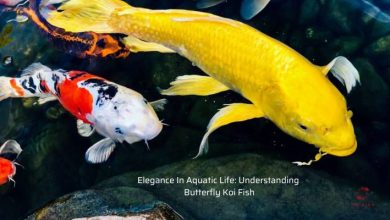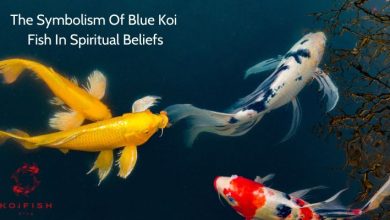Koi Betta Fish: Nature’s Masterpiece In Aquatic Beauty
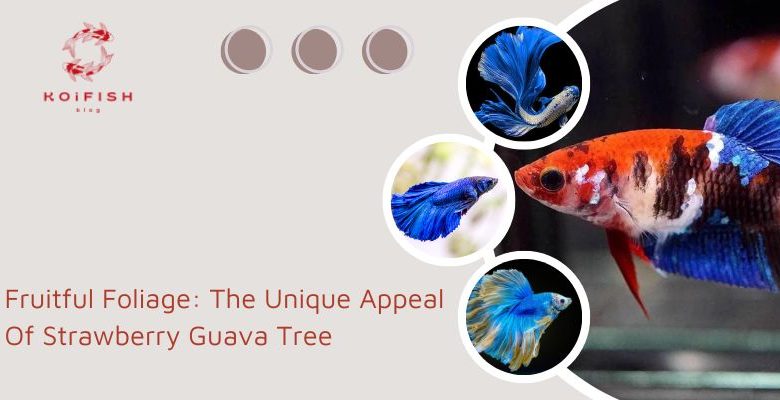
Koi betta fish, sometimes referred to as Siamese fighting fish (Betta splendens), is a well-liked and alluring aquatic animal that has won the hearts of fish aficionados all over the world. The vivid colors, graceful form, and fascinating behavior of this unusual and attractive fish make it beloved. Despite being frequently referred to as “koi betta” due to its coloration resembling that of koi fish, it’s crucial to remember that the koi betta is actually a particular color variation of the Betta splendens species. The koi betta’s stunning resemblance to koi fish found in outdoor ponds, as well as its lovely patterns and colors reminiscent of conventional koi types, make it stand out from other fish species. See more on koifishblog.com
A Koi Betta Fish: What Is It?
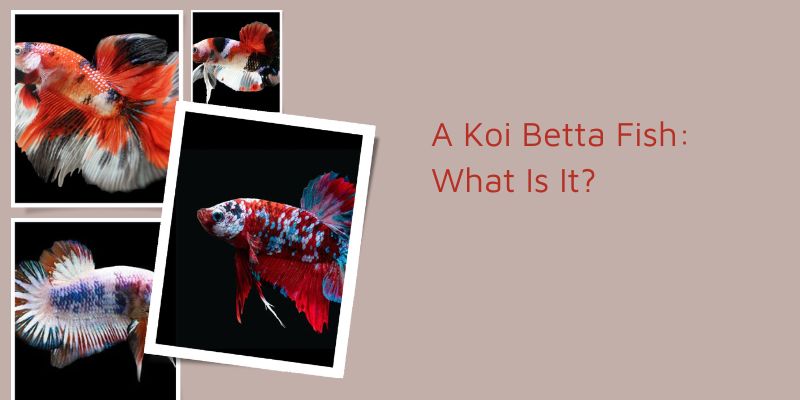
This version of the Marble Betta fish, which is the name given to Betta fish that change colors and patterns over time, is referred to as a Koi Betta fish. Transposons is a “jumping gene” that causes color change. DNA sequences that can migrate along the genome are described by the name.
The term “Koi Betta” describes how the fish’s colors and patterns mirror those of a Koi fish. So from where did this Betta splendens variant come? Instead of South East Asian deltas, it was formed through breeding by caretakers. Since the fish has become more well-liked over the past several years, there are more of them accessible on the fishkeeping market.
How Do Koi And Marble Betta Types Differ From One Another?
Asking about the distinctions between Koi Bettas and Marble Bettas might help you decide whether to purchase any Koi Betta fish for sale. Betta Koi is a color and pattern variant of Marble Bettas, as was previously mentioned. There are other similarities between the two varieties of Siamese Fighting fish.
Koi Betta fish have more distinct colors than Marble Betta fish, as many fans like to point out. While the Koi Betta’s hues form a crisper boundary between colors, the Marble Betta’s colors frequently have “fuzzy” edges. We wish to emphasize that this is not a set rule because the “jumping gene” can impact these distinctions. Similar to other fish in the Marble Betta family, Koi Betta also change their color and pattern throughout time. Over many years, the Koi fish pattern was created to mimic the colorful species of Amur carp, a well-known pond fish that originated in Japan. It’s important to note that Koi Plakat Betta has more colors and patterns than other varieties.
Koi Betta Fish in the Galaxy
The name “Galaxy Koi Betta” refers to a variety of Betta fish with particular coloring and patterning. Blues or reds predominate near the base of the male variations. Less distinct colors will be present, although iridescent scale patches will still be visible. While the Plakat has shorter fins and tails than the Galaxy Koi Betta.
Koi Plakat Betta Fish
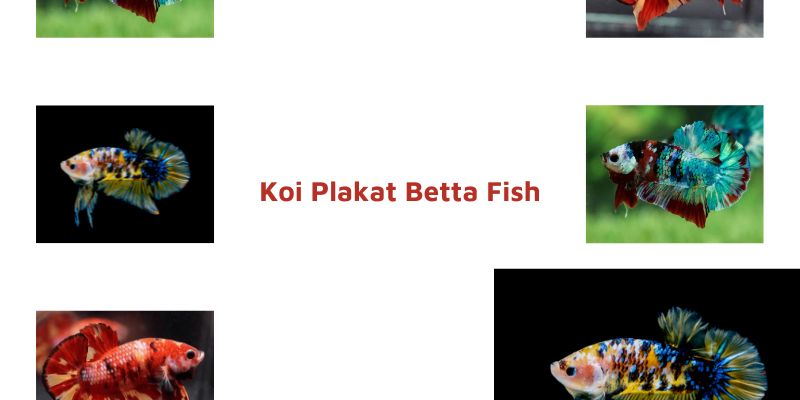
Koi Plakat is a type of Betta that was bred to have tails and fins that are shorter than those of other Betta fish species. Plakat is more likely to have Cellophane coloring than the previously described Galaxy pattern, and it is more likely to have the Koi Betta colors and patterns.
Koi Betta Fish both sexes
You must choose whether you want a female Koi Betta or a male Koi Betta while you shop for your Betta fish. The koi betta female fish differ from other Betta splendens variants in a number of respects. Koi Betta exhibits the well-known color variations seen in many Siamese Fighting fish. Males exhibit more vibrant colors and patterns than females do. The fin patterns and colors are typically more prominent on the females.
What size are mature Koi Betta?
Koi Bettas are comparable in size to other varieties of Betta fish. Although males and females can differ in length somewhat, a pregnant woman will often have a greater girth. The maximum length of a koi betta fish is three inches.
Mood of the Koi Betta Fish
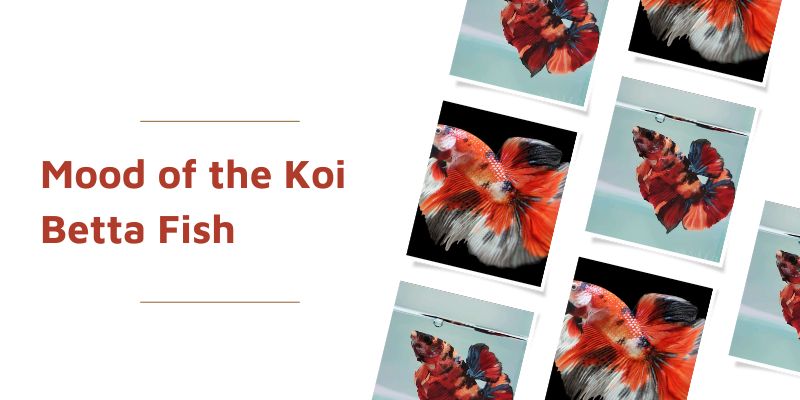
The Koi Betta behaves similarly to other fighting fish species. They are naturally hostile, and males will be more hostile than females. You can design a community tank, but you’ll need to give the fish plenty of room to claim a territory. To lessen tension in the community aquarium, provide many of hiding places.
Are Koi Betta and Other Fish Good Tank Companions?
In general, especially for males, koi bettas are not thought to make ideal tank mates. They are known to hunt female bettas obsessively and have a tendency to be aggressive and territorial toward other fish. Sometimes they do it to reproduce, and other times it’s out of aggression.
It is not advised to keep male Koi bettas with females or other fish that resemble bettas, such as guppies, as this might lead to aggressive and territorial behaviour. Although female Koi bettas are frequently seen as semi-aggressive fish, many individuals have successfully and safely kept them in communal tanks.
In contrast to the fact that male and female Koi bettas should never be kept together, sororities are groupings of female Koi bettas. Although they don’t form schools, some of them value the company of other bettas.
Conclusion
The Koi Betta is a popular aquarium fish known for its vibrant colors that are evocative of koi fish patterns. Its distinct charm enchants aquarium aficionados. The koi betta fish is strikingly beautiful, but it also displays unusual behaviors that reveal its true nature. Because of its territorial nature and sporadic hostility, particularly among males, it has earned the moniker “Siamese fighting fish.” As a result, to maintain the welfare of the fish, ethical pet ownership requires providing solitary living situations.
Conclusion: So above is the Koi Betta Fish: Nature’s Masterpiece In Aquatic Beauty article. Hopefully with this article you can help you in life, always follow and read our good articles on the website: koifishblog.com

